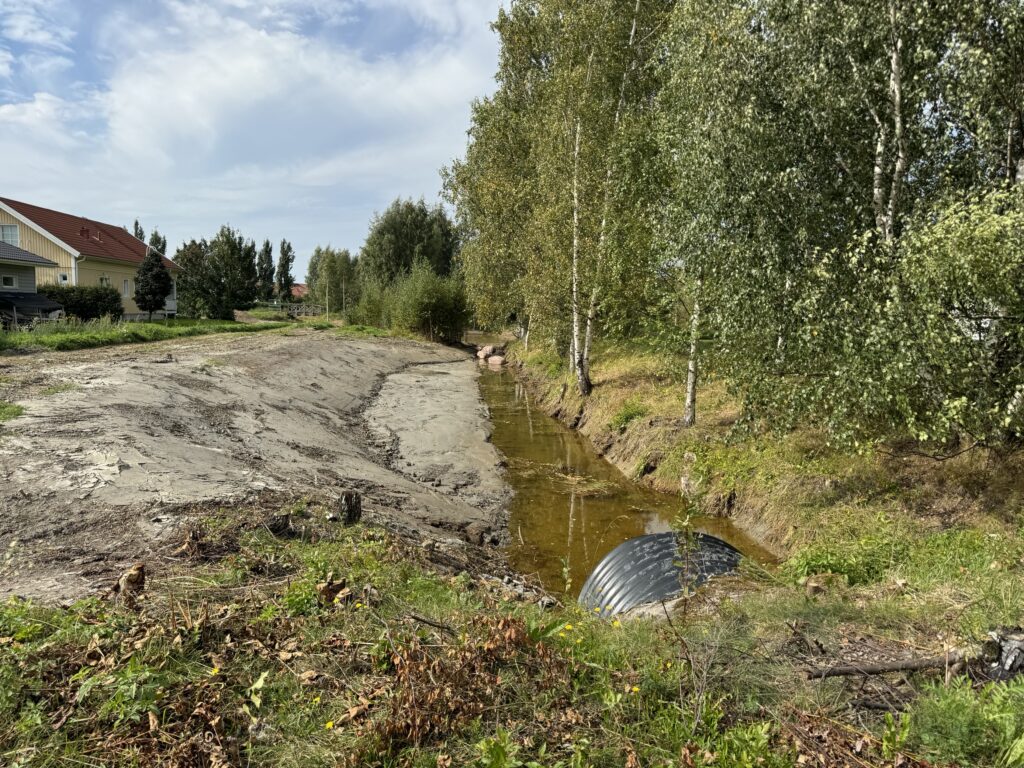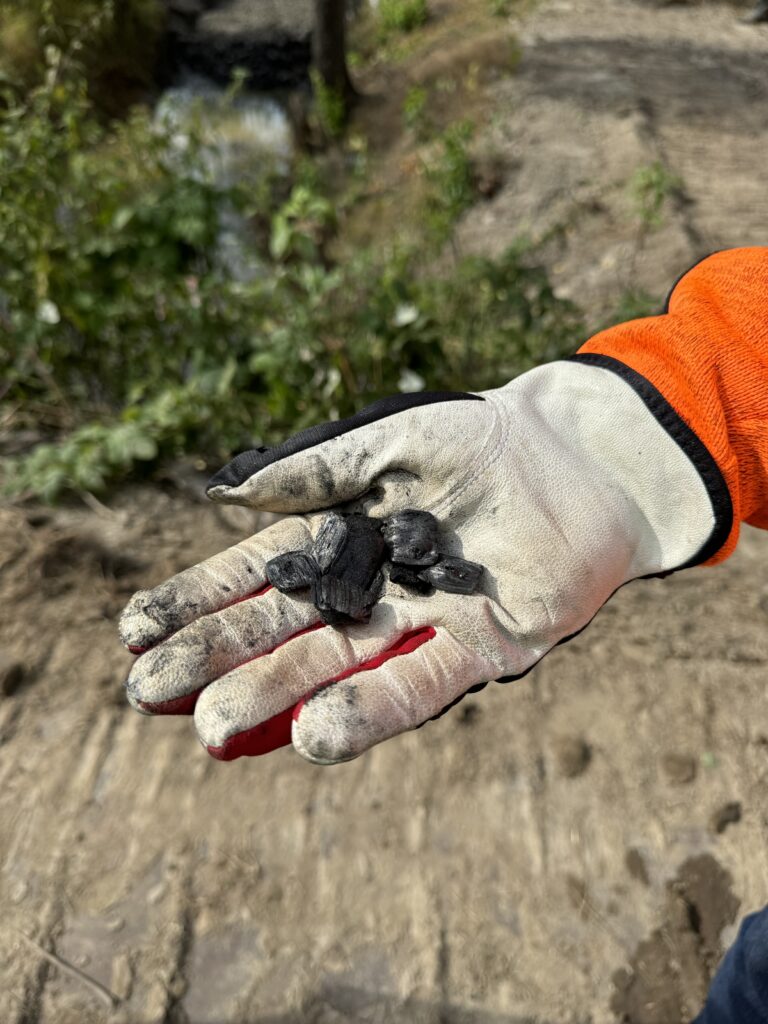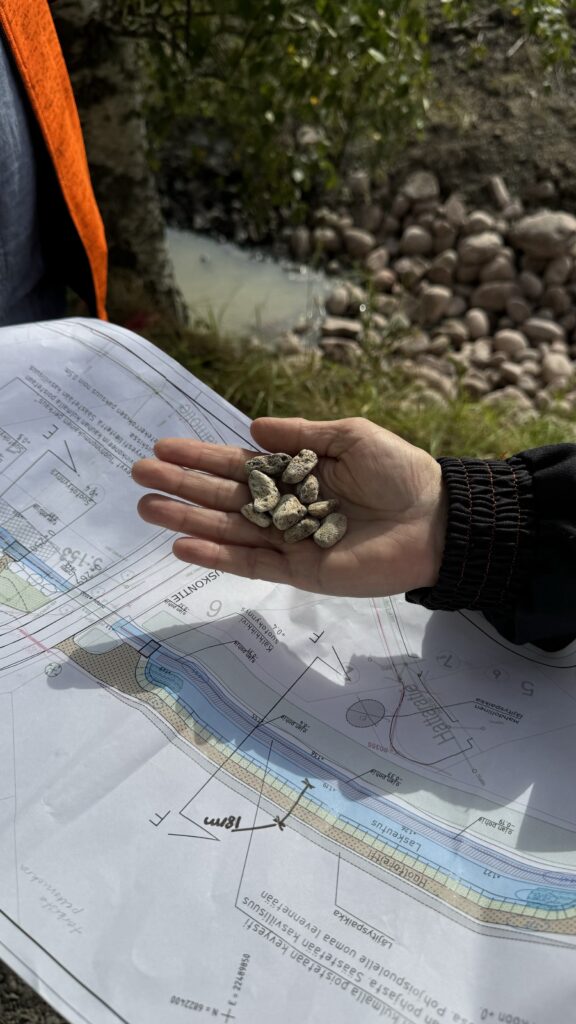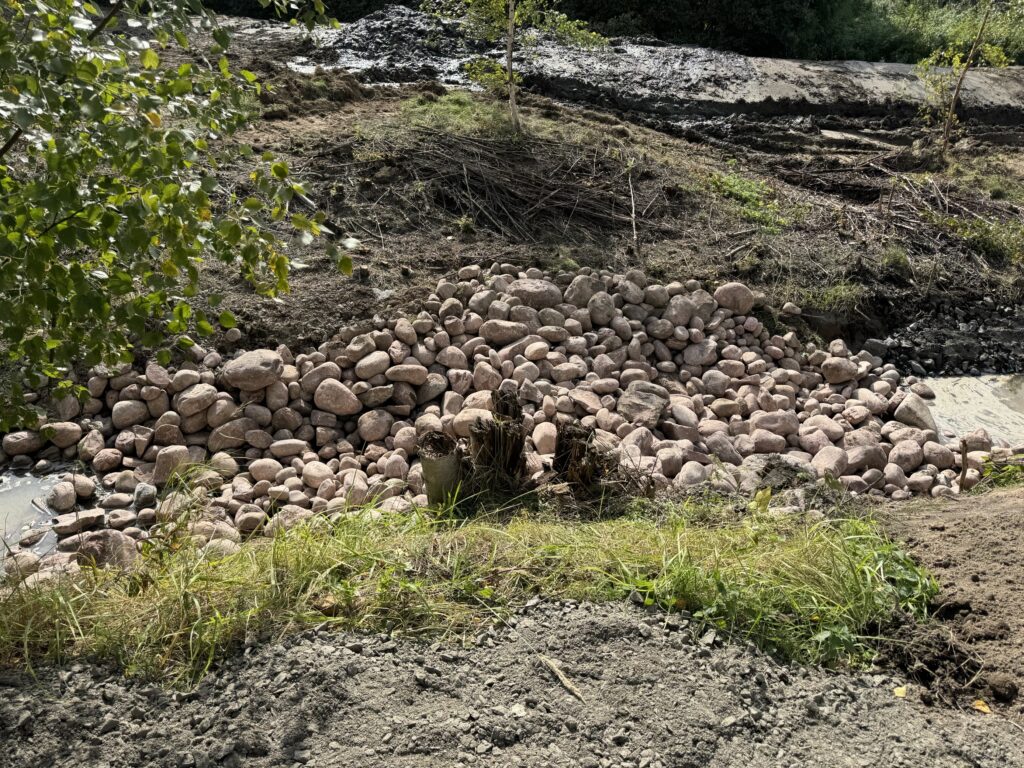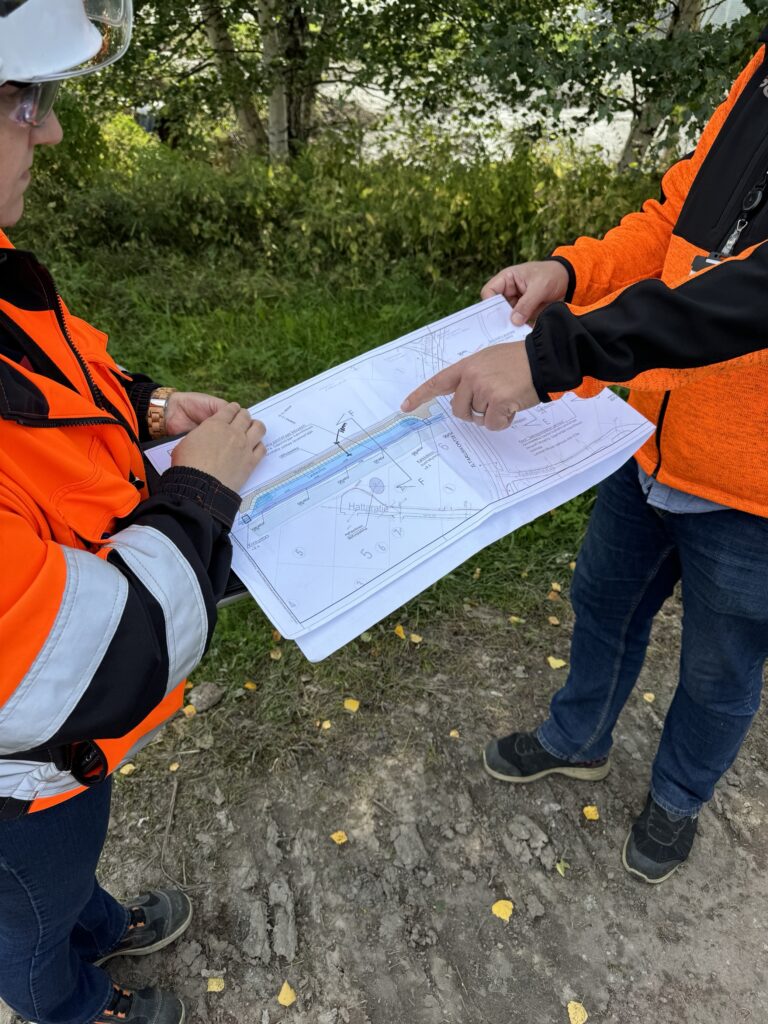Innovative Storm Water Management: SAMK’s Role in the MUSTBE Project
Satakunta University of Applied Sciences (SAMK) is actively contributing to environmental sustainability and regional growth through its involvement in several Central Baltic projects. SAMK is currently engaged in eight projects under the 2021-2027 programme, with its Maritime Logistics Research Center – established in 2021 – playing a crucial role in two initiatives under priority 2, which focus on improving environmental and resource use: the MUSTBE project and the Sustainable Flow project.
The MUSTBE Project: Enhancing Storm Water Management
The MUSTBE project, short for “Multi-benefit Storm Water Treatment Systems,” addresses one of the Baltic Sea’s key environmental concerns – storm water management. The project aims to develop new systems that not only improve the quality of water entering the Baltic Sea but also enhance local environments for communities nearby.
During a recent visit in late August, Finland’s national Contact Point met with the SAMK MUSTBE project team to better understand their approach and desirable results. Despite the geographical distance between partners from multiple countries, the team has made good progress in all areas and is making concerted efforts to keep in track with the project timeline.
What Does Multidimensional Storm Water Treatment Entail?
The essence of the MUSTBE project lies in its multidimensional approach to storm water treatment. This approach combines nature-based solutions with cutting-edge methods to maximize the effectiveness of storm water treatment. The project’s eight partners are focused on ensuring that municipalities can effectively monitor and improve the quality of storm water, thereby reducing its negative impact on the Baltic Sea.
In practical terms, this means transforming storm water management sites into greener, more aesthetically pleasing areas that benefit both residents and visitors, for example. The project encompasses seven pilot sites across four countries: Viimsi and Tallinn in Estonia, Riga in Latvia, two sites in Pori, Finland, and two sites in Söderhamn, Sweden.
One of the pilot areas in Pori is located in the residential neighborhood of Lotskeri. The project here focuses on nature-based water purification to prevent harmful substances from entering the Baltic Sea. Dams constructed in this area utilize natural materials such as biochar, sand, and innovative neutralizing agents to reduce water acidity and block harmful substances from reaching the sea.
The Importance of Cross-Border Cooperation
As innovative nature-based storm water management techniques are still relatively new, the success of the MUSTBE project relies on collaboration between experts from different countries. This cross-border approach strengthens the project’s sustainability and outcomes. “Bringing together experts from various countries and choosing multiple pilot sites increases the impact and reliability of our results,” says Meri-Maaria Salo, Researcher on the MUSTBE project.
As the project continues, attention is turning to testing the methods developed at the pilot sites. These results will be shared publicly, allowing other regions in the Central Baltic area to benefit from the findings. For example, in Pori, where the risk of flooding is high and storm water management is a challenge, the MUSTBE project’s insights could offer valuable solutions. The project’s findings are expected to inspire and provide practical help to other cities and municipalities facing similar issues.
Effective Communication in a Multi-National Project
Managing a cross-border project presents unique challenges, particularly in communication. “Different countries have distinct communication styles, so it’s important to make sure everyone feels supported and aligned,” explains Hanna Kajander, SAMK Project Manager and Communications Coordinator for MUSTBE.
In the MUSTBE project, the role of the communications coordinator is essential for ensuring clear and consistent communication among all partners. Kajander emphasizes the importance of being available for support and engage in a back-and-forth dialogue with partners so that they would be in a better position to succeed in their communication efforts. A flexible communication style has proven the most effective for the MUSTBE project, while other projects might prefer more structured methods, such as regular meetings.
Face-to-face meetings have played a critical role in the success of the project, providing opportunities to discuss complex issues, brainstorm ideas, and avoid misunderstandings. These interactions also humanize the communication process, allowing team members to build stronger personal connections and collaborate more effectively.
It’s important to recognize that team members have varying communication strengths. While some may excel in the technical aspects of the project, others are more skilled in external, audience-focused communication. “Working together and complementing each other’s strengths is crucial in any project, especially across borders,” adds Kajander.
By focusing on clear communication and collaboration, the MUSTBE project can effectively address the challenges of working across borders. This will help the project team achieve its goals and strengthen relationships among partners.
Text: Viola Mickos, national Contact Point Finland
14.10.2024
Related reading: Pilot site in spotlight: Pori’s stormwater tree solution – Central Baltic

